Enjoy Japow by skiing and snowboarding [also explains the attractions and tips for travel planning]
![Enjoy Japow by skiing and snowboarding [also explains the attractions and tips for travel planning]](https://resources.matcha-jp.com/resize/720x2000/2023/11/28-154230.webp)
One of the main reasons Japanese ski resorts attract so many foreign tourists is the unique powder snow known as "japow." Here, we will introduce the appeal of "japow," which captivates ski and snowboard fans from around the world, as well as some tips for planning a trip to Japan.
What is "japow"?
"Japow" is a coined word that refers to Japanese powder snow, and is generally interpreted as an abbreviation of "Japan Powder" or "Japan + Powder Snow." "Powder snow" here refers to fresh, ungroomed snow, and the light, soft snow quality is what characterizes "japow."
Japow is so appealing that skiers and snowboarders from all over the world say, "You have to ski Japow at least once in your life!" and it is considered the ultimate skiing experience for winter sports fans.
Where to enjoy Japow
Hokkaido and Nagano Prefecture are known as areas where you can experience "japow."
On the Sea of Japan side of Hokkaido, warm air flows even in winter due to the influence of the warm current, and mixes with the cold winds from Siberia to form rain clouds. When these clouds collide with the mountains, they bring abundant snow. These conditions are particularly ideal for the accumulation of powder snow in the Tomamu, Niseko, and Furano areas.
On the other hand, Nagano Prefecture is surrounded by mountains over 1,000 meters high, and in the northern part of the prefecture, snow falls even on the plains.
Nozawa Onsen and Hakuba areas in the north, as well as the high-altitude Shiga Kogen area, are ideal places to enjoy japow, and are visited by many people from both within Japan and overseas.
The social media hashtag "#japow" appears in winter
As winter arrives, the hashtag "#japow" has become popular on social media among foreign tourists visiting Hokkaido's snow resorts.
What's interesting is that the hashtag "#japow" doesn't just refer to skiing on powder snow in Japan, but also to Japanese culture, food and drink, and the appeal of summer mountain resorts.
It is clear that "japow" does not simply refer to the experience of skiing or snowboarding on powder snow, but has become a keyword that symbolizes the appeal of winter in Japan, and indeed mountain tourism throughout the four seasons.
Why do overseas winter sports fans turn to Japow?
![Enjoy Japow by skiing and snowboarding [also explains the attractions and tips for travel planning]](https://resources.matcha-jp.com/resize/720x2000/2023/11/28-154233.webp)
Japanese ski resorts are popular destinations for everyone who wants to try skiing at least once, but there are three main reasons why overseas winter sports fans visit Japan to experience "japow."
By reading what follows, you will come to understand the deep appeal of Japan's winter and winter sports culture.
Good snow quality
The combination of abundant snowfall, stable low temperatures, and high altitude creates light, dry, powdery snow. When an American travel magazine introduced Hokkaido, calling it "Absolute Powder," Japan's snow quality began to attract international attention.
Meanwhile, ski resorts in Nagano Prefecture can see an average annual snowfall of 8 to 10 meters, and at high-altitude winter resorts like Hakuba, you can even experience snowfall of over 12 meters.
It is a heavy snow area where people live
Japan is one of the snowiest places in the world where people live, but because the large amounts of snow fall over a wide area, including forests at low altitudes, it boasts so much snow that you can ski even in the forests.
Another appealing feature is that Japan receives constant fresh snow, meaning you can always enjoy skiing on fresh snow. Such weather and geographical conditions are rare around the world, so many overseas ski and snowboard fans can easily enjoy "japow" without having to expend a lot of energy traveling.
Word of mouth from overseas winter sports fans who have settled in Japan
In fact, word of mouth from overseas winter sports fans staying in Hokkaido and Nagano Prefecture for long periods of time has also contributed greatly to the success of the event.
It is.
Niseko in particular has seen an increase in long-term foreign residents, primarily from Australia. Their amazing powder snow experiences have spread by word of mouth, sparking the creation of new vacation homes and summer activities. A similar phenomenon is also being seen in Nagano Prefecture.
In addition, with the development of social networking sites such as YouTube, the appeal of not only Hokkaido but also Nagano Prefecture is being introduced through the hashtag "japow," and word of mouth seems to be gaining momentum.
Perhaps in response to this, overseas ski media crews are increasingly coming to Japan to introduce the attractions of Hokkaido and Nagano Prefecture to the world.
This phenomenon has not been the result of government initiatives or large-scale investment, but rather the result of the pure excitement and sharing that took place among people who actually stayed in the area for an extended period of time.
First time at Japow! Recommended ways to enjoy the ski resort
"Japow" has a low moisture content and a smooth texture that does not harden easily, so the sensation when skiing is completely different.
To enjoy "japow" at a ski resort, we recommend the following methods.
- Enjoy a tree run
- Enjoy the free ride
- Enjoy snow activities
Let's take a closer look.
Enjoy a tree run
"Tree running" is a fun way to ski down ungroomed areas, forests, and woodland courses that make the most of the natural terrain and can be experienced in two places: areas under the jurisdiction of ski resorts and "self-responsibility areas" where you can enter the mountains by submitting a "mountain entry notification" or "mountain climbing notification."
In the tree run area, the snow accumulates deeper and stays firmly between the trees due to its sheltered environment from the wind and sun, allowing skiers and snowboarders to experience powder snow while skillfully avoiding the trees, terrain, rocks and other elements.
Enjoy the free ride
"Freeride" is a style of skiing that makes the most of the natural mountain terrain, kicking up new, ungroomed snow as you ski down the slopes. The appeal of "freeride" lies in the fluffy texture of the powder snow. It gives you the feeling of floating on clouds, makes it easy to pick up speed, and is an extremely exhilarating experience. Skiing down the slopes while kicking up new snow is something you can't experience on groomed slopes.
Enjoy snow activities
At Japow you can enjoy not only skiing and snowboarding but also other snow activities.
For example, racing across powder snow on a snowmobile offers a different kind of thrill and fun than riding on groomed slopes.
Another way to enjoy japow is to put on snowshoes and walk briskly across the snow.
This is a great opportunity to expand your ways of enjoying winter in Japan, as you will feel closer to nature amidst the rich snowy scenery.
Travel planning tips for enjoying Japow
![Enjoy Japow by skiing and snowboarding [also explains the attractions and tips for travel planning]](https://resources.matcha-jp.com/resize/720x2000/2023/11/28-154232.webp)
Here we'll introduce you to some tips on how to plan your japow experience and make the most of your stay.
If you're planning on visiting Japow, plan your trip in January or February.
If you want to make the most of japow, plan your trip to Japan between January and February.
This is the time when cold air from the Arctic reaches the skies above the Japanese archipelago, making it the perfect time for powder snow.
However, weather conditions vary across the country from year to year, so we recommend checking the weather forecast for your ski resort before planning your trip.
Check the ski resort area regulations
It is especially important to check the area regulations at the ski resort when enjoying tree runs or free riding.
In particular, courses suitable for tree runs and free riding, such as forest courses and ungroomed courses, are often for advanced skiers.
In addition, Japanese ski resorts have many regulations such as "self-responsibility areas" and "no entry areas." For example, in the Hakuba area of Nagano Prefecture, the tops of poles are marked in "yellow and black" to indicate the boundaries of the ski resort, and closed areas are all in "yellow."
Regulations and safety measures vary at each ski resort, so be sure to check the latest information on each resort's official website before visiting.
Check out the ski resort and surrounding facilities
By checking out the following ski resorts and surrounding facilities in advance, you can plan a comfortable trip that suits your circumstances and the composition of your group.
[Examples of ski resorts and surrounding facilities you should check in advance]
- Rental equipment availability
- Lift ticket prices and availability
- Restaurant menu
- Multilingual support available
- Is there a kids' park?
- Are there any activities other than skiing and snowboarding that you can enjoy at "japow"?
- Availability of day-trip hot springs
In Japan in particular, it is common to enjoy a soak in a hot spring after snow activities, so finding a hot spring near a ski resort is sure to create some wonderful memories of your time in Japan.
Check access to the ski resort
Japow can mainly be experienced in Hokkaido and Nagano Prefecture. If you are considering coming to Japan to experience japow, you should choose where to go after considering your transportation options.
To travel to Hokkaido from overseas, you will generally need to take a domestic flight via an international airport such as Tokyo or Osaka. (Some countries and regions have direct flights to Sapporo Airport.)
Meanwhile, the most common way to access Nagano Prefecture is from the Tokyo metropolitan area by Shinkansen or bus, but there are also express bus services that go directly to the ski resorts from Haneda and Narita airports.
Check out the winter scenery too
In addition to enjoying "japow" through skiing, snowboarding, and other activities, we also recommend experiencing the seasonal scenery of Japanese winter.
[The charm of winter in Japan]
- hot spring
- Winter Cultural Events
- Winter Japanese Cuisine
For example, Shiga Kogen is home to Jigokudani Monkey Park, famous for its "snow monkeys" that bathe in hot springs.
You can also enjoy Japanese culture in Nozawa Onsen, Togari Onsen, and Iiyama City, located near the Madarao Plateau, where you can experience making snow igloos.
Especially in winter in Nagano Prefecture, hot pot cuisine enjoyed at the end of a long day is the perfect treat to warm your cold body from the inside out.
Remember that there will be crowds
If you plan your trip in advance and predict how busy the ski resorts will be, you won't be disappointed when you arrive.
Popular ski resorts such as Hakuba and Niseko, which are crowded with many skiers and snowboarders from Japan and abroad, are expected to be very crowded on days when snowfall is forecast.
Also, it will be easier to plan your trip if you understand that the long lift lines at Japanese ski resorts usually last around 15 to 30 minutes.
Prepare warm clothes
In particular, if you are heading to the Japow area from warmer regions such as the Southern Hemisphere or Southeast Asia, be sure to take adequate measures to protect yourself from the cold.
First of all, a warm winter jacket is essential, and the following accessories are also a good idea to have on hand:
- Snowshoeing
- Waterproof and warm gloves
- Warm hat
- Ski and snowboard pants
Some ski resorts also sell accessories.
If you want to enjoy Japow easily, we recommend the ski resorts that can be reached by direct bus "Snowliner"
![Enjoy Japow by skiing and snowboarding [also explains the attractions and tips for travel planning]](https://resources.matcha-jp.com/resize/720x2000/2023/11/28-154231.webp)
For those who want to enjoy a trip to the "Japow" area without the hassle of transportation, we recommend places that can be reached by the "Snowliner" express bus that goes directly to the ski resorts.
If you take the "Snow Liner" from Narita Airport or Haneda Airport, you can go directly to bus stops around each ski resort, mainly located in Nagano Prefecture.
A direct bus eliminates the hassle of lugging your luggage around the station and town, allowing you to conserve your energy for the slopes.
If you're interested in the Snow Liner, check out the details on the official website .
Let's go on a "Snowliner"! Ski resort areas in Nagano where you can enjoy Japow
Here we will introduce ski resorts in Nagano Prefecture that you can get to by "Snowliner" and where you can enjoy "japow." If you are planning a trip to enjoy "japow," please use this as a reference.
Hakuba area
The Hakuba area, located in the Northern Japan Alps, is a popular area that has been awarded as the big mountain ski resort located on the steepest mountain in Japan.
The Hakuba area, also known as one of the locations for the Nagano Olympics, is dotted with ski resorts that make up the "Hakuba Valley."
In particular, the powder snow that falls at Tsugaike Mountain Resort is called "TSUGA POW," and at Hakuba Norikura Onsen Ski Resort and Hakuba Cortina Ski Resort, you can enjoy 100% natural snow, and each ski resort offers its own unique snow quality.
Togari and Madarao area
The Togari and Madarao areas in northern Nagano Prefecture are one of the prefecture's snowiest areas, boasting abundant snowfall and 100% natural snow. The mountain ranges on either side of the Chikuma River are lined with courses for skiers and snowboarders of all levels, from beginners to advanced.
The Togari and Madarao area is also known as one of Japan's leading winter resort areas, where you can experience not only ski resorts but also Japanese culture, food, and activities.
- Tokyo/Yokohama Night Departure/Great Value Tour to Togari Onsen Ski Resort
Shiga Kogen/Kitashiga area
The Shiga Kogen/Kitashiga area is home to Japan's largest and highest ski resorts. The mountains along the border between Nagano and Gunma prefectures are densely packed with numerous independent ski resorts.
If you use the common season pass "NAGANO6 Powder Dream Pass", you can ski in the following areas.
*As of January 2025, sales for the 2024-25 season have ended.
[NAGANO 6 Powder Dream Pass]
- Shiga Kogen Mountain Resort
- Nozawa Onsen Ski Resort
- Madarao Ski Resort
- Tangram Ski Circus
- Togakushi Ski Resort
- Ryuo Ski Park
Yudanaka Onsen, located in the Shiga Kogen/Kitashiga area, is known as a charming hot spring town.
You can also see snow monkeys bathing in hot springs in the Shiga Kogen and Kita Shiga areas.
Experience "japow" this winter! Plan a fun trip
In this article, we introduced the appeal of "japow," Japan's unique powder snow, and gave some tips on planning a trip to make the most of it.
Japan has become known worldwide for its high-quality snow, with many snow sports fans excited and saying things like, "I want to ski in Japan someday," or "I'll go every year!"
To have the best japow experience in the snowy mountains of Japan, be sure to use the information we've introduced here as you plan your trip!
We operate direct buses from Haneda/Narita Airport to each ski resort. https://spur.jamjamliner.jp/
The contents on this page may partially contain automatic translation.


![Enjoy Japow by skiing and snowboarding [also explains the attractions and tips for travel planning]](https://resources.matcha-jp.com/resize/720x2000/2025/03/03-226630.webp)
![Enjoy Japow by skiing and snowboarding [also explains the attractions and tips for travel planning]](https://resources.matcha-jp.com/resize/720x2000/2025/03/05-227032.webp)
![Enjoy Japow by skiing and snowboarding [also explains the attractions and tips for travel planning]](https://resources.matcha-jp.com/resize/720x2000/2025/03/03-226632.webp)




















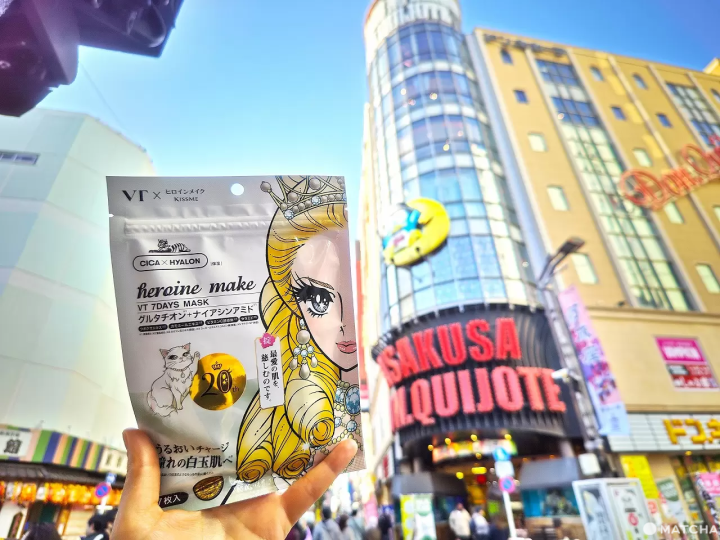
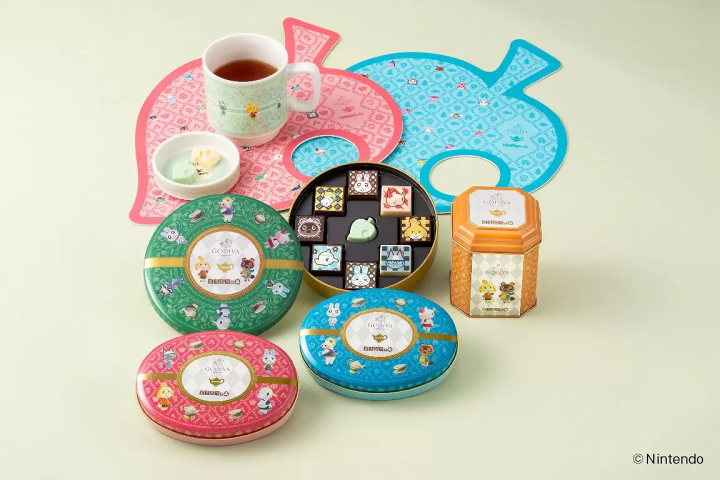
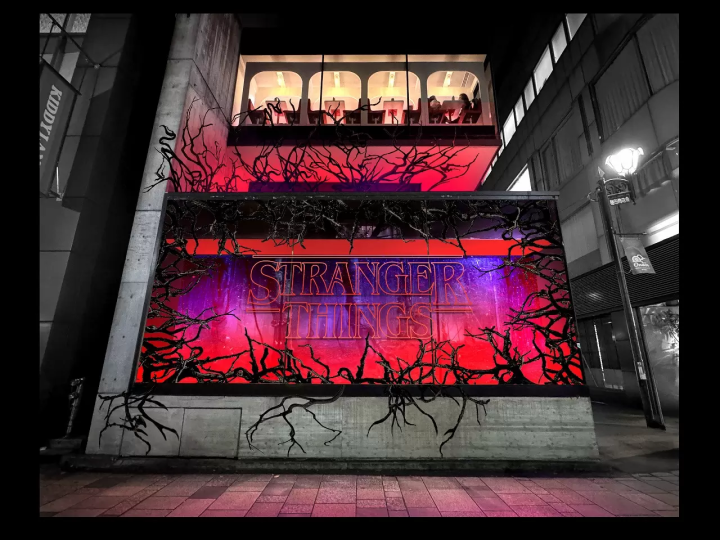
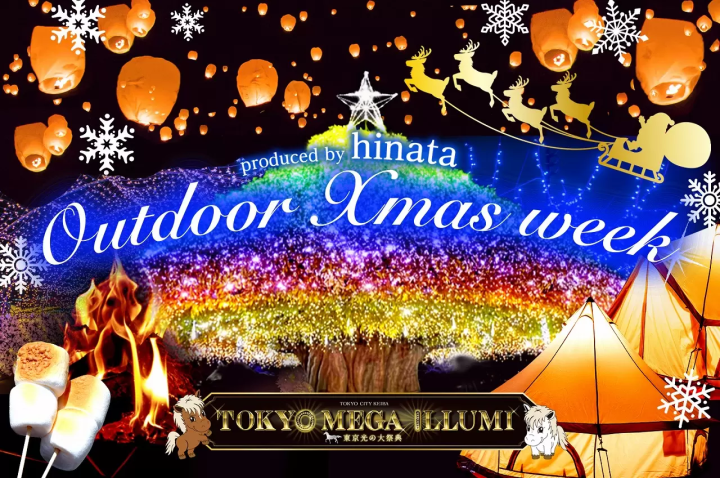
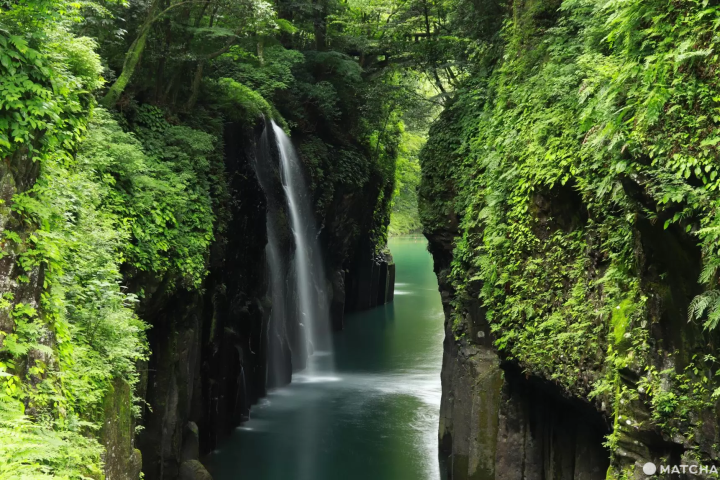






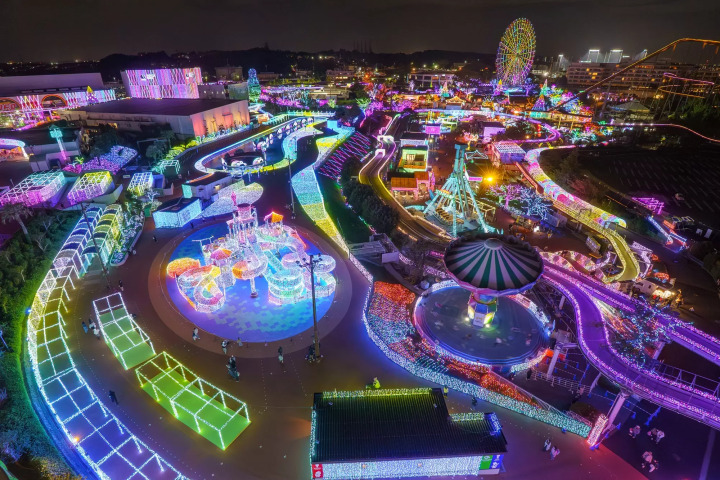
![[Coupon Available] Recommended Fall/Winter Wear from Scandinavian Brand "Helly Hansen"](https://resources.matcha-jp.com/resize/720x2000/2025/12/15-252920.webp)
![Deep dive into Japanese brands! A tour of famous leather shoe stores with GENSEI & Nin [Otsuka Shoes Edition]](https://resources.matcha-jp.com/resize/720x2000/2025/12/15-252972.webp)